After years of reviewing, I have realized an important fact: Many people either cannot afford many of the headphones/earphones I review, or even if they could, there is no way they’re paying hundreds of dollars for excellent sound. I get that. But today, there so many affordable earphones available that can deliver audio which will put any free buds to shame. Plus, the choices are getting better and better every year. That’s where DUNU comes in.
Whenever I see people on the street with headphones or earphones, it seems that they are either Monster Beats, or Apple’s earbuds. These two models are at opposite ends of the audio spectrum. The Beats are dripping in bass which, I admit, is very popular with today’s music. Conversely, Apple’s earbuds have practically no bass to speak of. Ironically, its usually the same genre of music that’s being listened to with both. I don’t get it.
DUNU, as well as many other earphone companies, fill a need that both Apple and many headphone makers ignore: Affordable, attractive, and good sounding earphones. Last year, I reviewed many DUNU models that fit that need. DUNU now has four new models that I will be covering in this review: Tai Chi, Crater, Hawkeye, and I 3C-S.
It’s a badly kept secret that while many earphone makers design their earphones, they don’t actually manufacture them. They hire companies like DUNU to do that for them. Using that expertise, DUNU has been making earphones of their own design. While the earphones reviewed here aren’t the best I’ve ever heard, I am impressed how good they sound, especially considering the cost.
With the exception of the I 3C-S, DUNU earphones are made of metal, are heavy, and have an attention to detail that rivals earphones costing much more. Each comes with 2 cases, hard metal and soft, except the Hawkeye, which comes with a tasteful, zippered cloth case. The Crater, Tai Chi and I 3C-S include a metal case that is probably the best earphone case I have yet seen. It’s a bronze-colored metal shell lined with felt and has a rubberized lip that keeps out dirt while providing a secure, moisture-resistant seal. It feels indestructible. Why can’t every earphone manufacturer include a case like DUNU’s?
None of the DUNU earphones come with a mic for smartphone use. This is not important to me, but it can be a deal breaker for some.
In our review set, there are three dynamic (Crater, Hawkeye, Tai Chi) and one armature (I 3C-S) design earphones. For 2012, DUNU increased the size of their dynamic speakers from the original 8mm to 10mm diameter. Note: Dynamic earphone speakers look like tiny speakers. They generally have more bass and are better for lower resolution MP3 files. Armature earphones use the same technology as hearing aids. They are more accurate, but with less bass and are not very forgiving with lower-resolution files. They are also usually more expensive.
Let’s run through each of the four models in no particular order:
This model has one feature that I think many people will really like. You can determine how much bass you want. There is a port (small hole) on each earpiece. DUNU supplies tiny – and I mean TINY – dampers that will plug the open ports… or not. Let me explain: With the ports left open, the bass is heavier and can be a bit boomy. However, the mids and even the higher frequencies sound just right. Usually heavy bass muffles the highs, but not with the Tai Chi. If you close the ports with the dampers, the bass becomes more controlled and refined; almost perfect to my ears. However, with the ports plugged, the highs can become harsh on some songs. I wish there was a middle ground with the open-port mids and highs combined with the closed port bass. Since it’s one or the other, I prefer an open port.
DUNU wisely supplies many dampers, because if you drop one, good luck finding it. They are that small!
The Tai Chi earphones are designed with wires that wrap up and around the ear. This cuts out microphonics (that thumping and scraping noise you hear when the cord is touched), but it can also make fitting more difficult. There are some included earhooks which help, but even those aren’t perfect. I continually have to adjust the cords while listening.
The Tai Chi’s wiring is a bright silver wrapped in a clear covering. DUNU claims this wiring “provides great balanced extension and excellent recognition.” I have no idea what that means. Accessories include headphone and airplane adapters, ear hooks, different sizes of tips, and the previously mentioned metal and soft cases. Exclusive to the Tai Chi is a flat, plastic snap-case that holds the tips, dampers and ear hooks.
The soundstage (perception of music in the space around you) is quite good, but still falls short of a good set of headphones. The Tai Chi earphones are perfectly suited to modern music with bass-heavy mixes; both with open or closed ports. While classic rock tended to sound weak and anemic, lacking any presence, electronica and dance remixes seem to jump from the speaker right into your brain. The difference was astounding. If this is your taste in music, you will like the sound quality of the Tai Chi earphones. And the added benefit of being able to adjust the bass to your preference makes this earphone even sweeter.
I couldn’t resist listening to heavy metal with the metal – and heavy – Crater DN-17 earphones. They would seem to be made for each other. You might think that large dynamic-styled earphones would pound bass into your cranium, but with the Crater, you would be wrong. I’m kinda shocked how the Crater model is more neutral than bass monster. They certainly don’t look neutral.
The slightly bulbous purple-gray exterior exudes class. However, when pushed into the ear, sharp edges cheapen the feeling a bit. Even though the Crater’s wiring is the same silver used on the TaiChi, DUNU has covered it in a brown (yes, brown) casing. Not only does it look like old lamp cord, but it completely contradicts the cool look of the earpiece. Why not use the same clear wiring that used on the Tai Chi?
With the Crater’s dialed-back bass, songs like “Dirty Deeds Done Dirt Cheap” from AC/DC lack the kick-butt power that should be there. When listening to this song, I just kept wanting more and not getting it. However, because of their neutral leaning, the Crater – like the Tai Chi – work much better with more modern bass-heavy mixes. They’re just not as refined sounding as the Tai Chi earphones. The Crater’s wires just hang down, so they can be easily inserted and removed.
The Crater works well with more mid-range, vocally-focused music. The minor key 60s song, “Laugh Laugh” from the Beau Brummels, pushes the mids up front, but the higher frequencies become harsh rather quickly. Bad Company’s folkie “Seagull” fares much better, partly because the 70s production is better and the song doesn’t push too hard. Paul Rogers false echo singing is nicely balanced by a repeating acoustic riff. This is the kind of music best suited for the Crater.
The bottom line is that if you like modern music, but are not a bass head, then the Crater should sound good. Just don’t expect them to work across all genres of music.
Accessories include headphone and airplane adapters, different sizes of tips, as well as the metal and soft cases.
Both the slightly more expensive Crater and Hawkeye look very similar. They need to be side by side to notice the subtle differences. Even that unsightly brown cord is the same. The specs are identical with the exception of the frequency response – basically what the earphone can reproduce – from the lowest bass rumble to the highest, piercing tone. The Hawkeye’s range is from 20 Hz (lowest) to 20,000 Hz (highest). That’s only slightly worse than the Crater, which is 16 Hz – 22 Hz. Here’s a little secret: Just about every human on the planet cannot hear below 20 Hz or above 20,000 Hz. Plus, as we get older, that range of our hearing narrows even more. This is a long way of saying you probably won’t hear any difference between the Crater and the Hawkeye earphones. I couldn’t.
So, take everything I said above about how the Crater sounds and apply it to the Hawkeye. The only significant difference is that the Hawkeye comes with a sturdy, cloth zippered case instead of that wonderful metal case. I think the case alone makes the Crater a better choice. Accessories include headphone and airplane adapters, with different sizes of tips.
The I 3C-S is the odd duck in this group. In the DUNU review from last year, I noted that the predecessor to the 3C-S (Itube 3c) was accurate to a fault and very bright, meaning almost no bass. The I 3C-S does exhibit slightly more bass than the iTube 3c and sounds more balanced in the frequency range, but it is still a very bright sounding earphone. But you know what? If you like hip-hop, electronica or almost any newer bass heavy music, I can’t think of too many earphones that can rival the I 3C-S.
These small, single-armature based earphones are quite comfortable. Even though they wrap around the ear – much like the Tai Chi earphones – the I 3C-S are a bit less fussy to insert and remove. Visually, the I 3C-S are very similar to last year’s Itube 3c. The shape of the shell is identical but now in a prettier colored plastic Unfortunately, there’s those brown cords again. If the clear, silver cord from the Tai Chi was used with the I 3C-S, they could be visually stunning.
The audio detail is impressive. I tried to stick to recent releases that I knew were bass happy. “Polly Come Home” from Alison Kraus and Robert Plant’s “Raising Sand” is almost unlistenable with regular headphones or speakers because of the overpowering bass. But the song sounds like I think it should on the I 3C-S earphones. The bass is dialed down just enough so everything sounds balanced and true.
Even Lana Del Ray’s overly compressed album, “Born to Die” sounds pretty good, just not great. Once again, the bass is not front and center, which is a good thing, however, even the I 3C-S earphones can’t resuscitate the deadly-dull mix of this album. “On the Rocks,” from the Stornaway album “Beachcomber’s Windowsill”, has an aural delicacy that is made even more transparent and fragile with the I 3C-S.
The I 3C-S comes with two cases; the draw-string bag and that tough, metal beauty. Other accessories include headphone and airplane adapters, ear hooks, and many types and sizes of tips. Also included is something DUNU calls the Conductor that looks like a mini plug extender. Dunu claims that the Conductor enhances the sound quality, especially using a headphone amp. Well, I used a headphone amp/DAC with the I 3C-S, and all the Conductor did was squash the volume. I couldn’t detect any improvement – quite the opposite, actually.
With this new crop of earphones, DUNU has thrown down the gauntlet to its competitors. They have proven that they can compete with anyone in the audio quality vs. cost arena. Their earphones are well made, sound good and come with an excellent array of accessories. It’s going to be interesting to see what they come up with next.
Unfortunately, DUNU is not available in retail stores, nor is it easy to find in sales outlets. DUNU does have their own eBay page here, however.
Google Review Tap Cards (3-Pack) by TapFive - Tap for Instant Reviews - All Phones Compatible - Reusable Smart Tap NFC & QR - Boost Business Reviews - Powered by TapFive (3 Card Pack)
$34.90 (as of June 30, 2025 18:02 GMT -04:00 - More infoProduct prices and availability are accurate as of the date/time indicated and are subject to change. Any price and availability information displayed on [relevant Amazon Site(s), as applicable] at the time of purchase will apply to the purchase of this product.)Google Review Sticker – Reusable QR & NFC Tap for iPhone & Android – Boost My Reviews – Easy Home Setup | by MESSAGENES
$19.90 (as of June 30, 2025 21:38 GMT -04:00 - More infoProduct prices and availability are accurate as of the date/time indicated and are subject to change. Any price and availability information displayed on [relevant Amazon Site(s), as applicable] at the time of purchase will apply to the purchase of this product.)Product Information
| Price: | Tai Chi $133 US; Crater $80; Hawkeye $70; I 3C-s $119. Please note that DUNU's ebay store prices vary even among the same earphone, so look at the whole page before you choose. |
| Manufacturer: | DUNU-Topsound |
| Retailer: | DUNU |
| Pros: |
|
| Cons: |
|

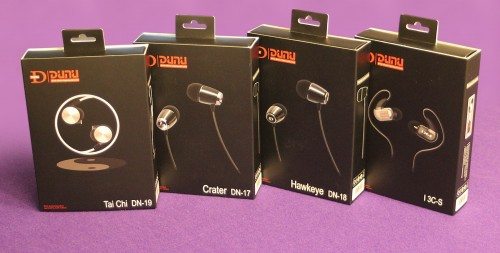
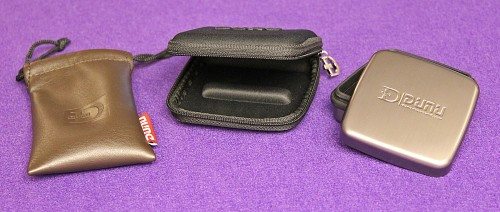
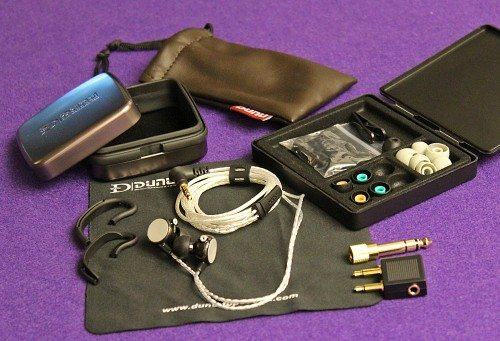
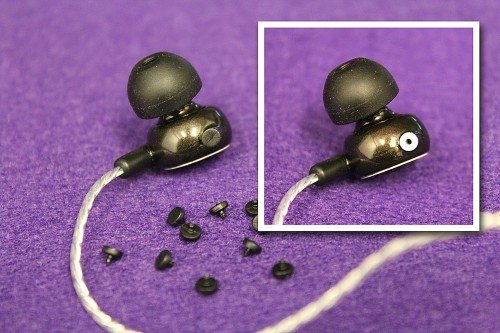
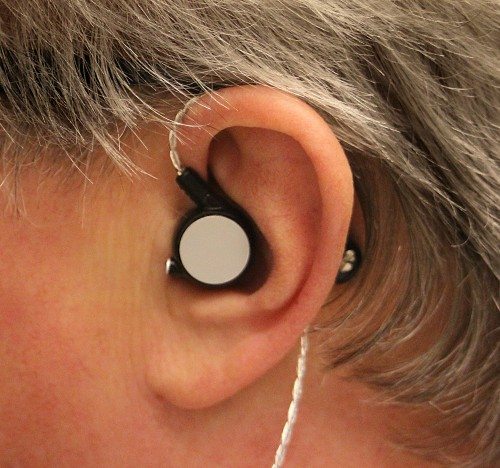
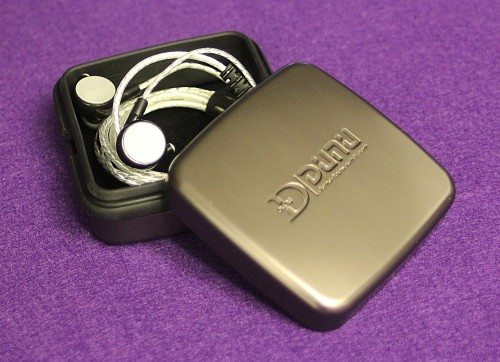
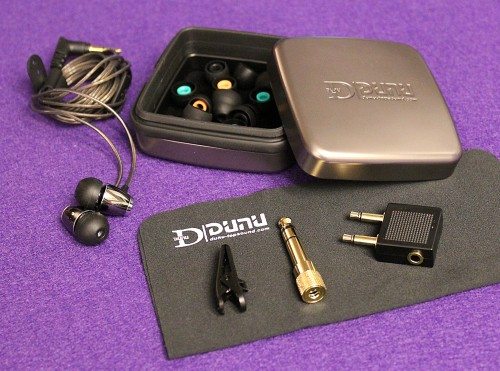
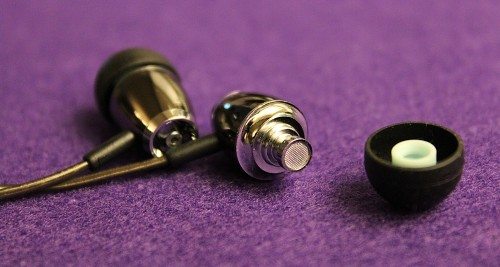
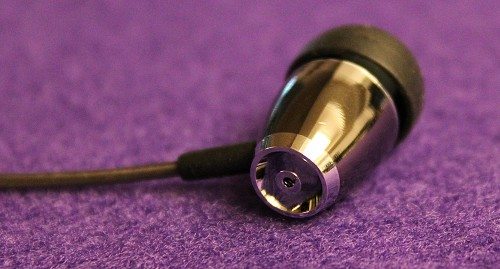
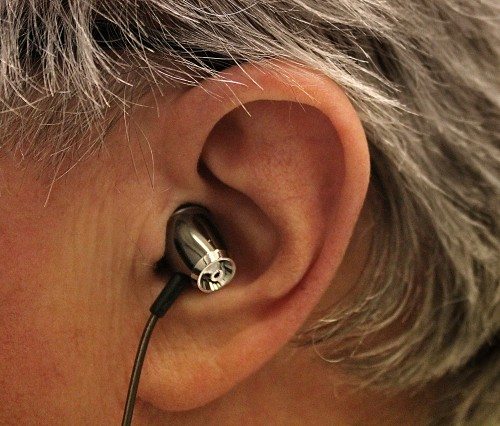
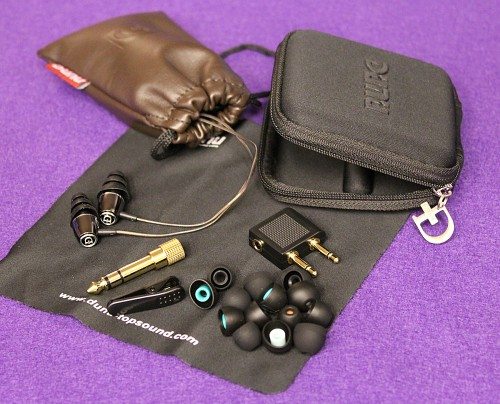
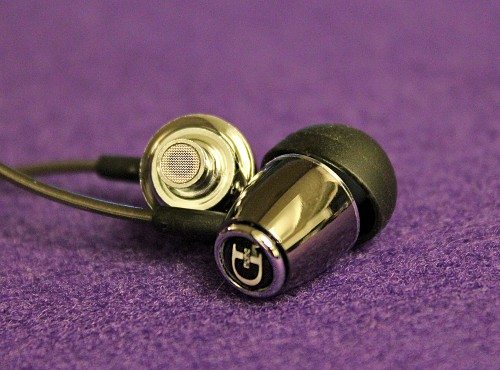
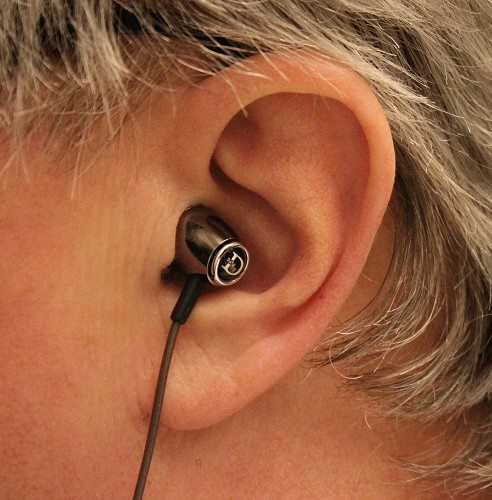
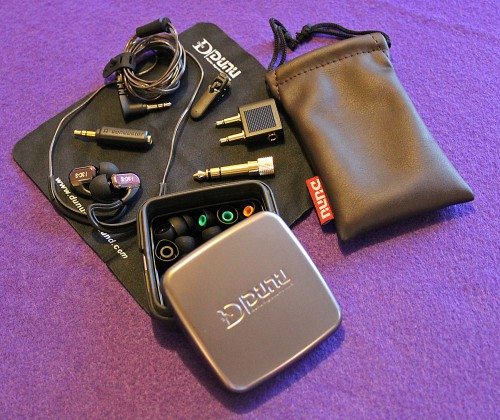
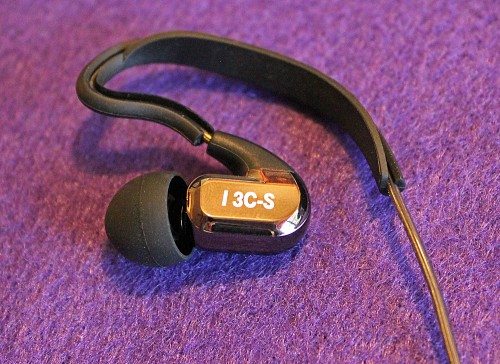
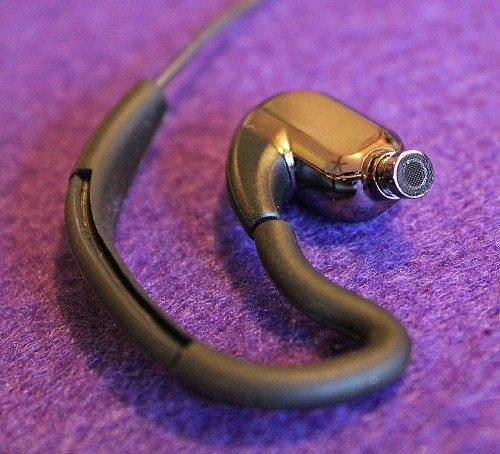
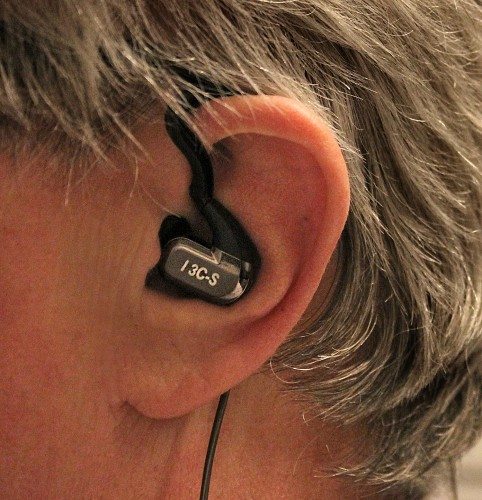
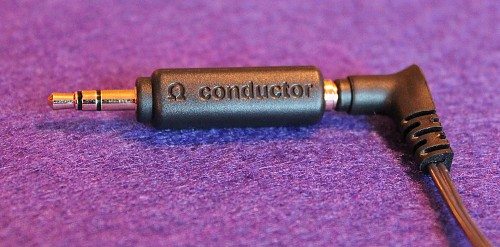
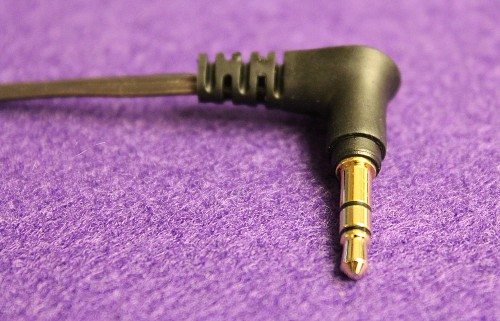


Gadgeteer Comment Policy - Please read before commenting
I ended up buying the Jays a-Jays One based on your review, and I appreciated the lower price point.
However, I’d be very curious of your opinion of a very low cost set: the JVC HA-FX40. They are one of the only carbon nanotube diaphragm headphones you can buy, they can generally be found for less than $20, and, of the dozens of earbuds that I’ve purchased over the years, they are by far my favorite. It is easy to dismiss them because of their price, but I’d love to read your honest opinion.
I may have to look into armature earbuds at some point, though.
Very nice review! I will be checking these out 🙂
Logan,
Unfortunately, I haven’t had the opportunity to sample the JVC HA-FX40 earphones. Maybe I can in the future… Julie?
I do know that the a-Jays are a nice choice. They make good audio products.
Thanks for reading!
Bill H.